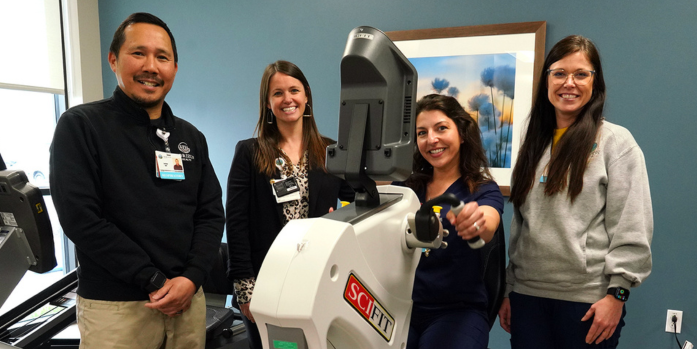Why does my heel hurt?

When it comes to conditions affecting the feet, heel pain is a common complaint. After all, the heel bone is the largest bone in the foot and absorbs the greatest amount of shock and pressure.
There are many causes of heel pain, ranging from conditions that affect the heel bone (heel spurs) to conditions that affect structures near it (plantar fasciitis or Achilles tendinitis).
Plantar Fasciitis
This is inflammation of the fibrous band of tissue called the plantar fascia, which forms the arch of the foot and connects the heel bone to the base of the toes.
The condition is common among athletes who run and jump and can be quite painful, according to the American Podiatric Medical Association. The condition occurs when the plantar fascia is strained over time beyond its normal extension, causing the soft tissue fibers of the fascia to tear or stretch at points along its length. This leads to inflammation, pain, and possible growth of a bone spur where the plantar fascia attaches to the heel bone.
According to the Cleveland Clinic, plantar fasciitis is one of the most common causes of foot pain that brings patients to the podiatrist’s office.
Heel Spurs
A heel spur occurs when calcium deposits build up on the underside of the heel bone. This abnormal growth is caused by strains on foot muscles and ligaments, stretching of the plantar fascia, and repeated tearing of the membrane that covers the heel bone. This can occur due to running or jogging, improperly fitted or excessively worn shoes, or obesity.
Heel spurs do not always cause pain. They often show up unexpectedly on X-rays intended for some other problem, according to the Mayo Clinic. However, they do occur in at least half the people who have plantar fasciitis.
Achilles Tendinitis
This is an overuse injury of the Achilles tendon, which connects the calf muscle to the heel bone. It is common among people who run and walk a lot.
The condition occurs when the tendon is strained over time, causing the fibers to tear or stretch along its length. This leads to inflammation, pain, and possible growth of a bone spur on the back of the heel bone. According to the Mayo Clinic, self-care strategies are usually necessary to prevent recurring episodes. More serious cases of Achilles tendinitis can lead to tendon tears that may require surgery.



